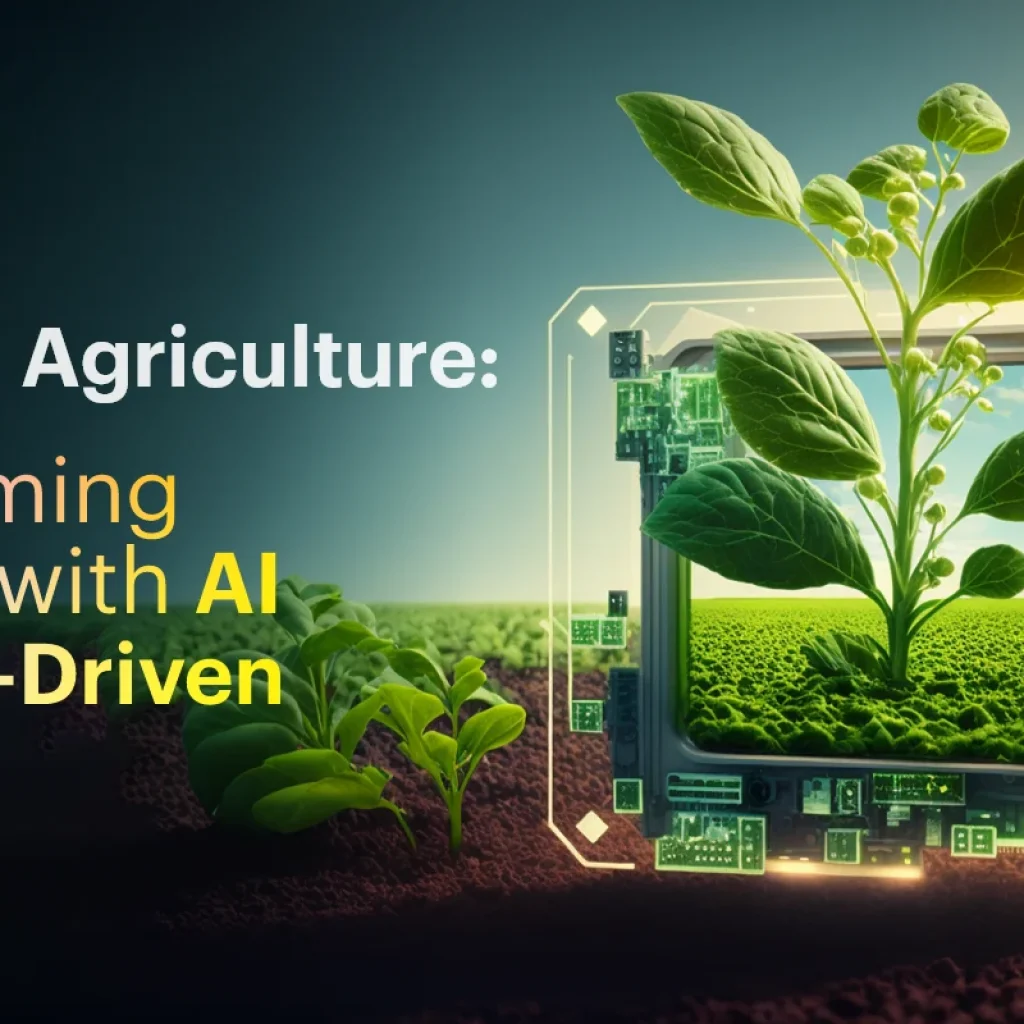In recent times, there has been a surge in skepticism and anti-technology movement regarding the potential capabilities of artificial intelligence (AI) and the impact of digital technology on human lives. While many hail these innovations as revolutionary, some are questioning their true potential and consequences.
The “Runaway AI” dilemma
Critics argue that the concept of a “Runaway AI,” where machines continually enhance their own intelligence to godlike levels, lacks scientific backing. They emphasize that there is no concrete evidence supporting this idea, especially in the context of large language models and algorithmic approaches.
As technology becomes more pervasive in our lives, concerns are mounting over its impact on human interaction. The essay highlights a potential future where individuals replace real human connections with AI-driven chatbots and digital screens, leading to increased loneliness and disconnection from society.
The rise of digital “friendships” and social discontent
The author predicts a future where people increasingly turn to digital interactions instead of forming genuine human relationships. This transformation, while plausible, raises questions about the authenticity of such “friendships” and their ability to provide meaningful connections.
The essay underscores the growing disillusionment and unhappiness among individuals who feel that technology, particularly the internet and smartphones, has stripped away meaning and satisfaction from their lives. This discontentment is seen as a breeding ground for potential anti-technology sentiments.
The emergence of an anti-technology movement
Perhaps the most concerning prediction made in the essay is the possibility of an anti-technology terrorist movement taking shape in the 21st century. This hypothetical anti-technology movement could be fueled by those who believe that technology has contributed to their misery and disconnection from society.
The author suggests that such an anti-technology movement would require a vanguard of early adopters willing to demonstrate its viability. Attractiveness in terms of iconography, symbol, and branding would be essential to mobilize support among the disillusioned.
The role of social networks insider threats
The essay speculates that this movement could find support within alienated social niches and even gain approval from countercultural figures in independent or alternative media. Digital networks would play a crucial role in spreading its message and propaganda.
One potentially significant threat to the technology industry would be insiders, individuals within the tech sector ready to cause disruption. Their access to critical infrastructure and technical knowledge could be leveraged to disable operations from within.
The influence of AI doomsayers
The essay highlights the existence of individuals who genuinely fear the impact of AI on society and the future of humanity. These individuals, often with technical expertise and resources, could inadvertently support the anti-technology movement, believing they are preventing a catastrophe.
To succeed, the hypothetical anti-technology terrorist movement would have to be inclusive, drawing support from various factions and ideologies within the anti-tech space. The absence of specific organizational structures would allow for flexibility and adaptability.
An uncertain future
In conclusion, the essay paints a grim picture of a potential future where technology exacerbates human isolation and discontentment, leading to the emergence of an anti-technology terrorist movement. While the likelihood of such a scenario remains low, it highlights the need for continued discourse on the consequences of technological advancements.
As society grapples with the ongoing evolution of technology, these concerns raise important questions about the balance between innovation and the preservation of meaningful human connections.





